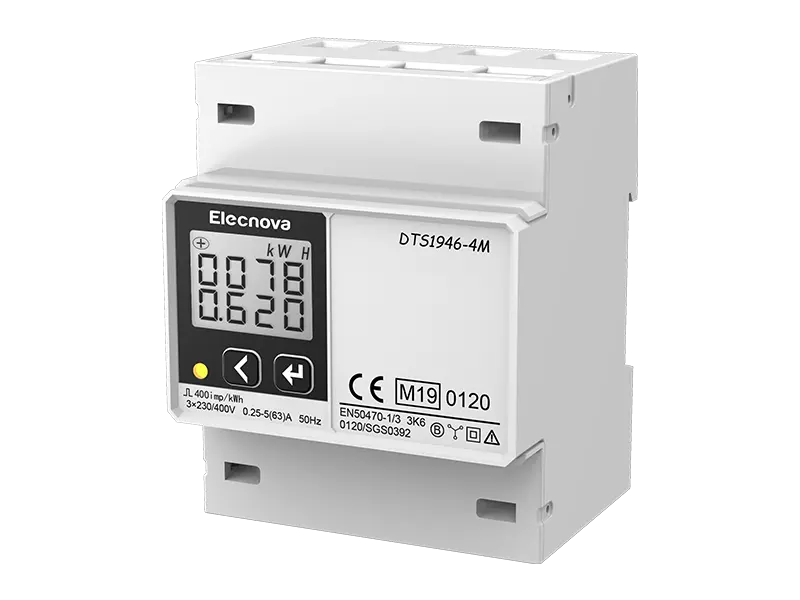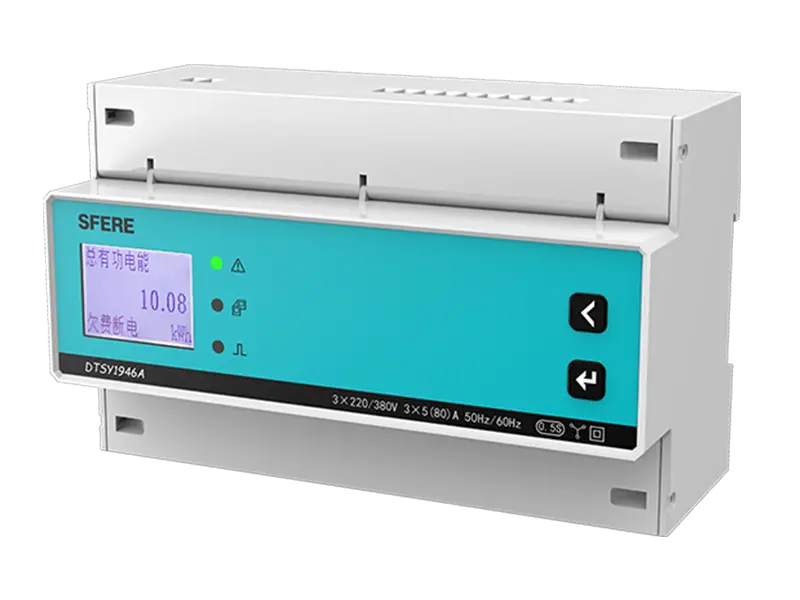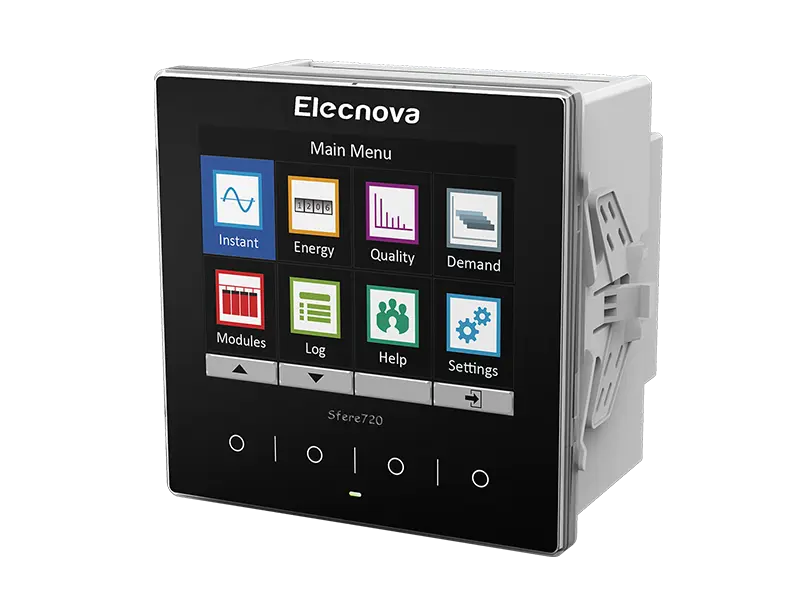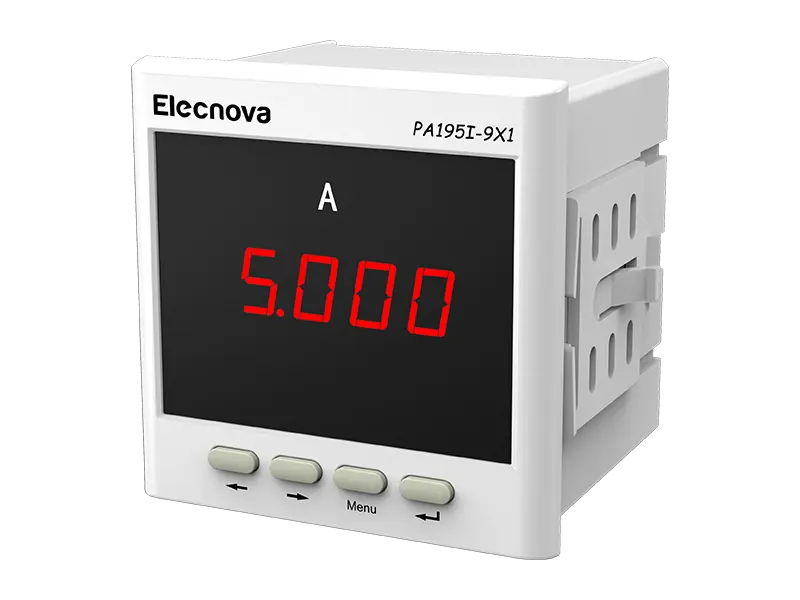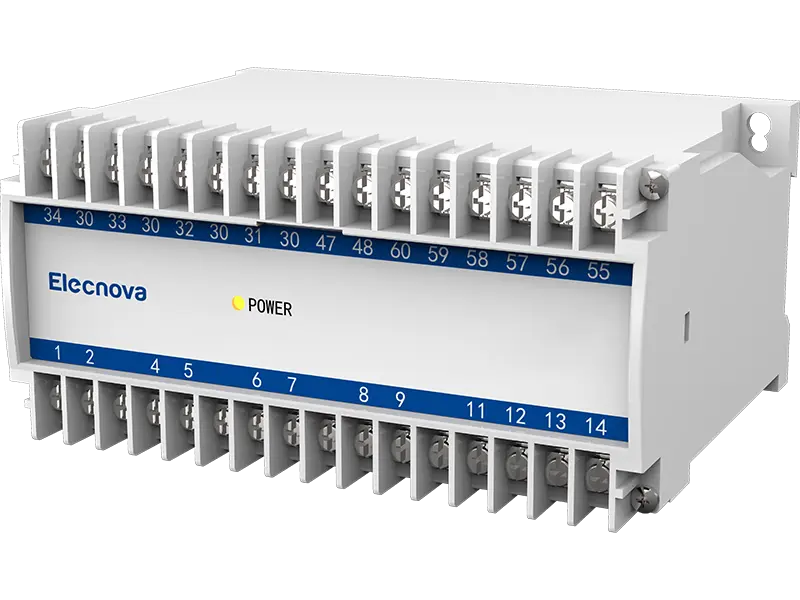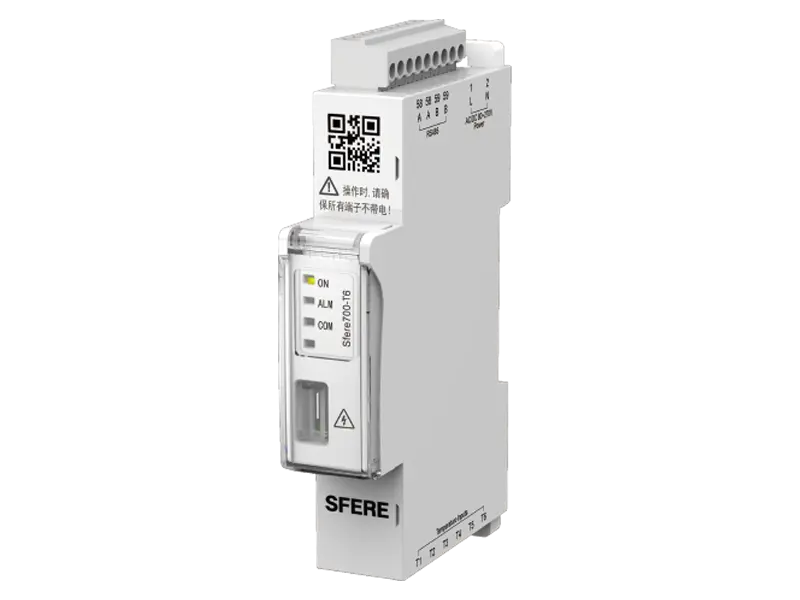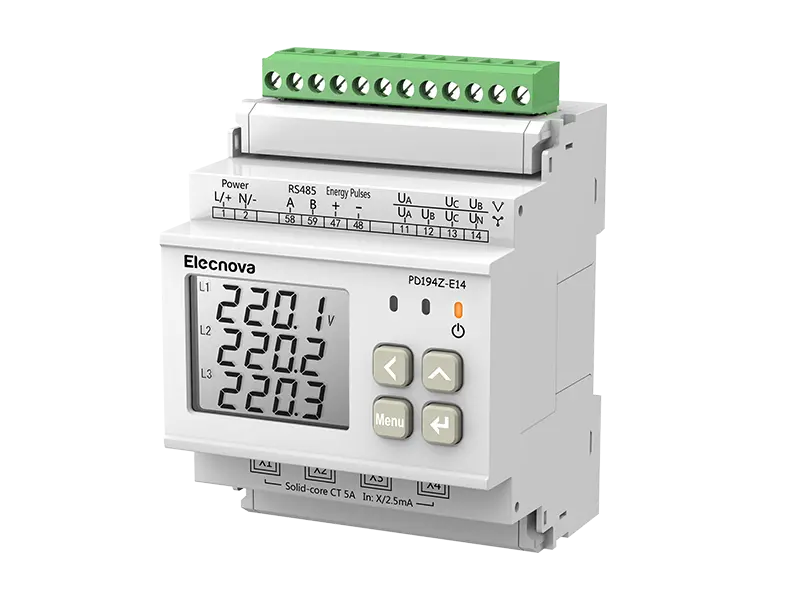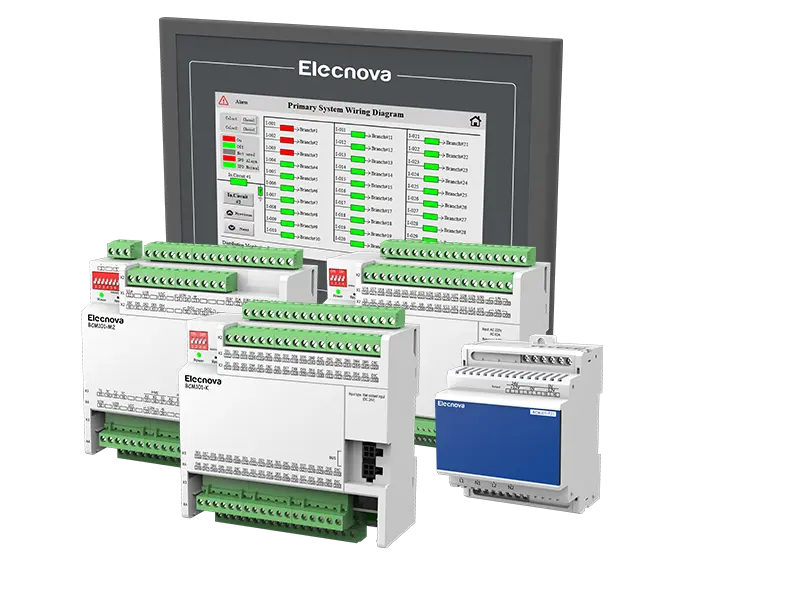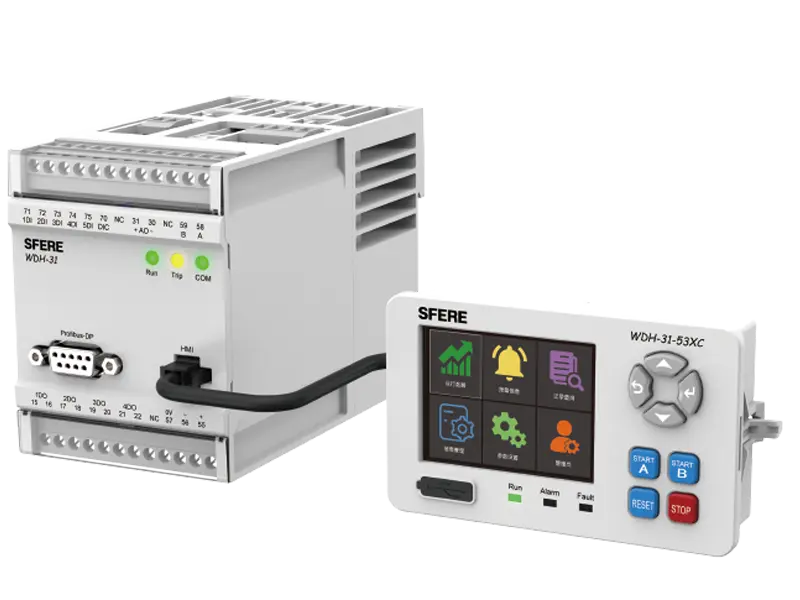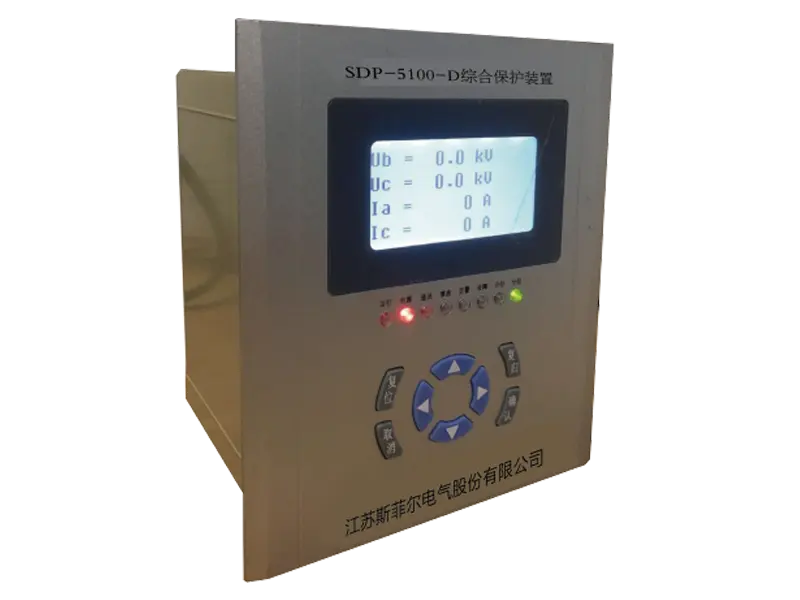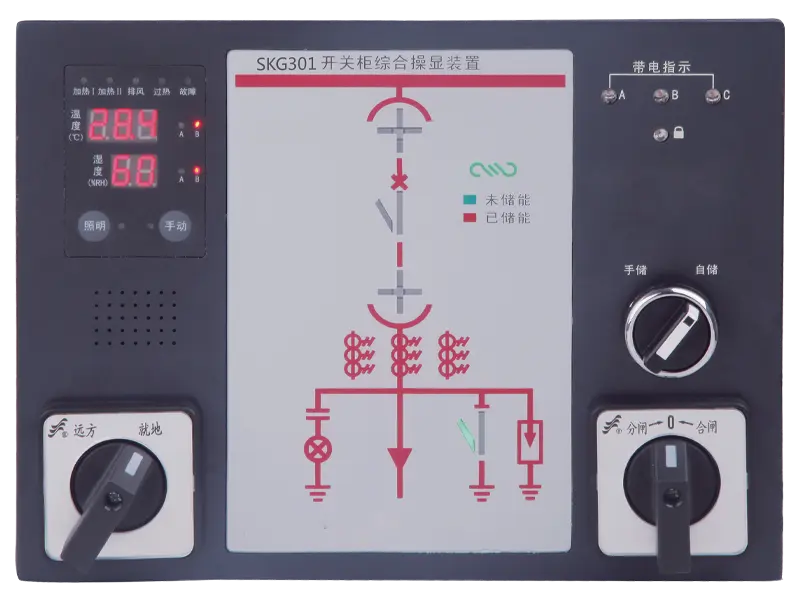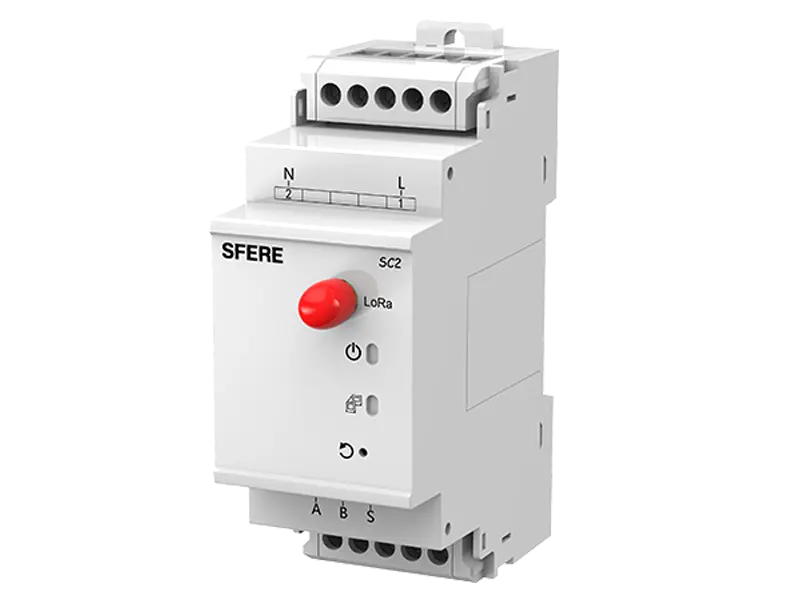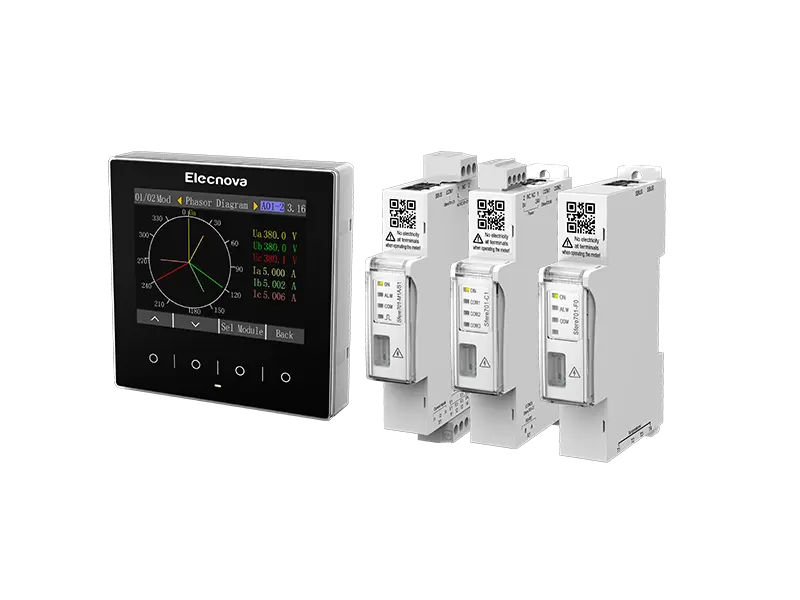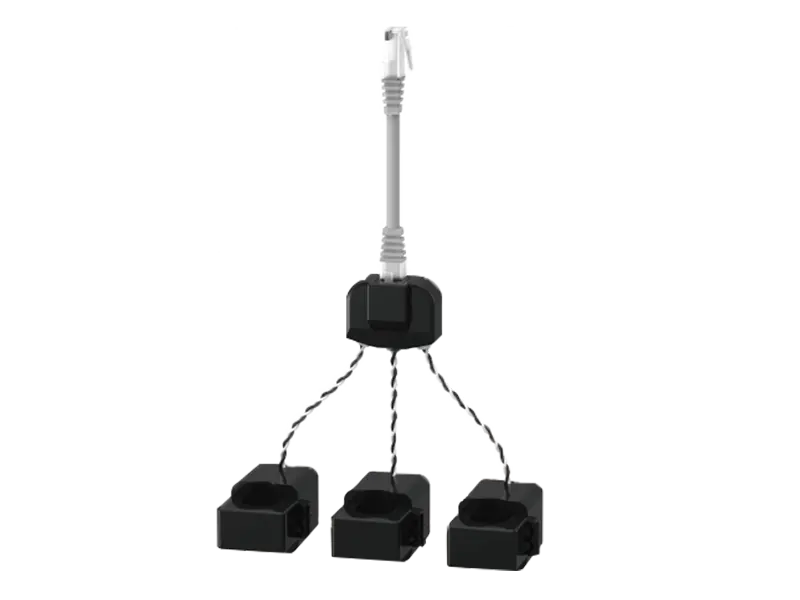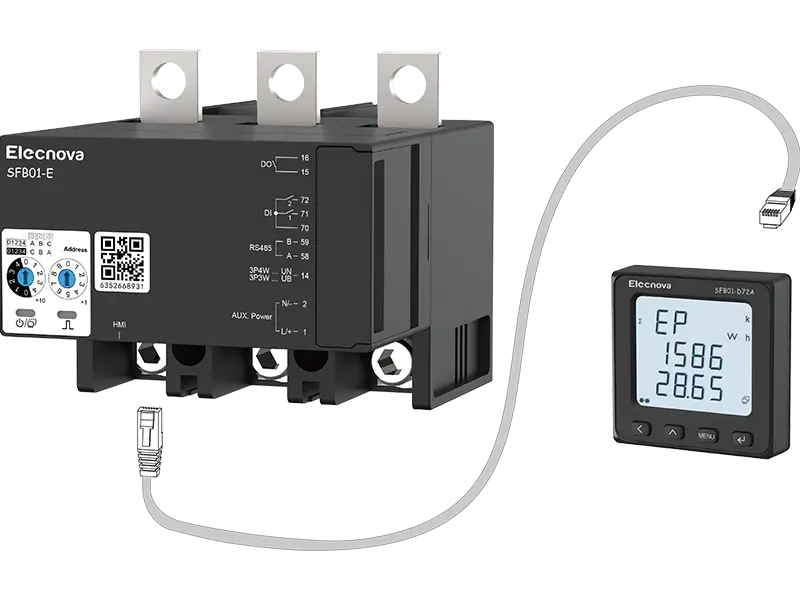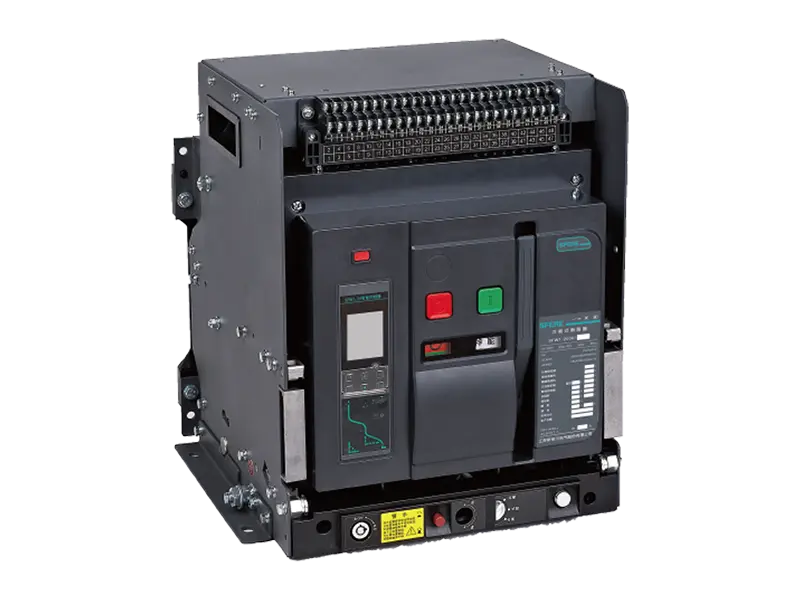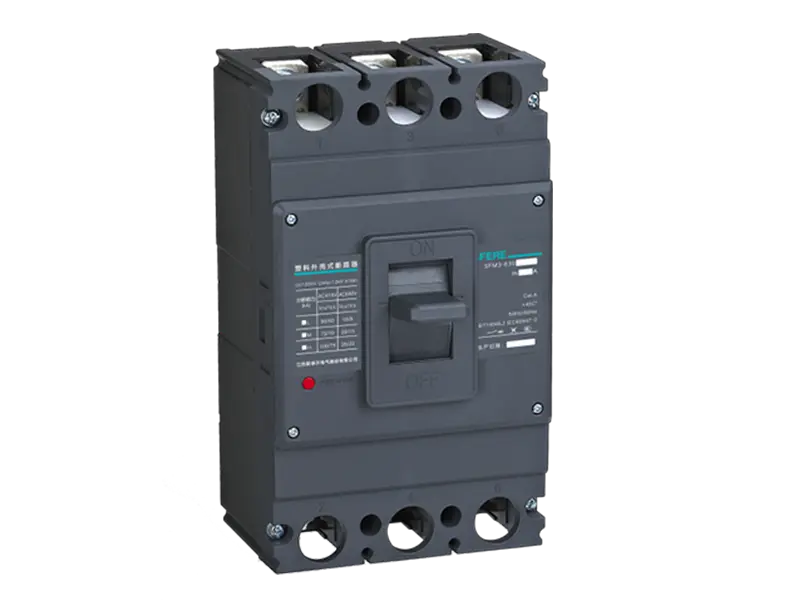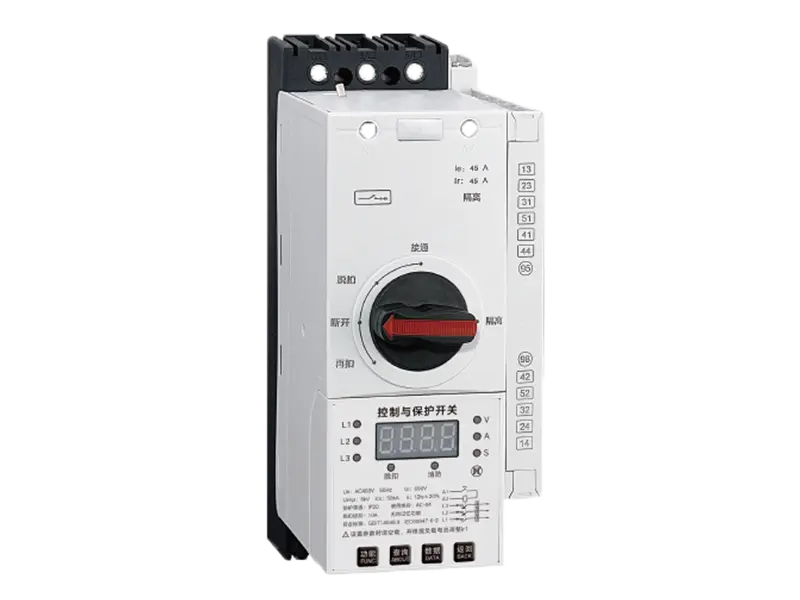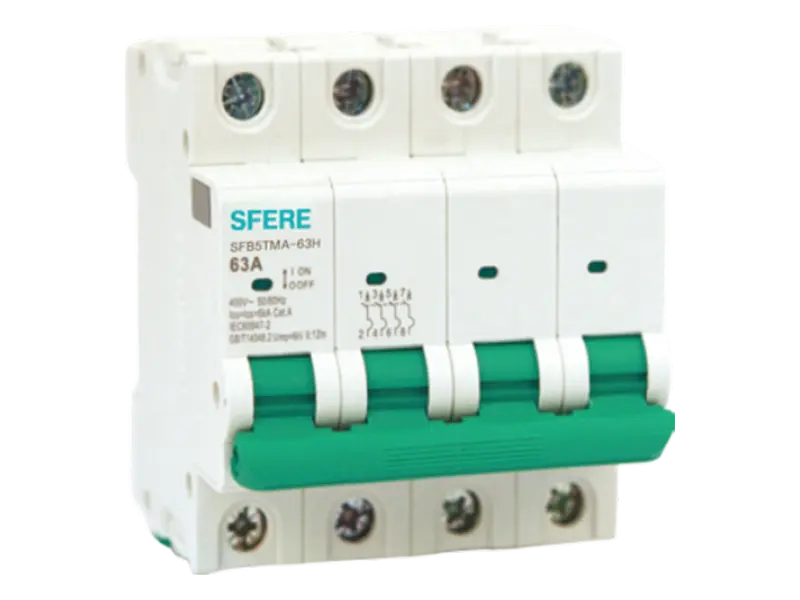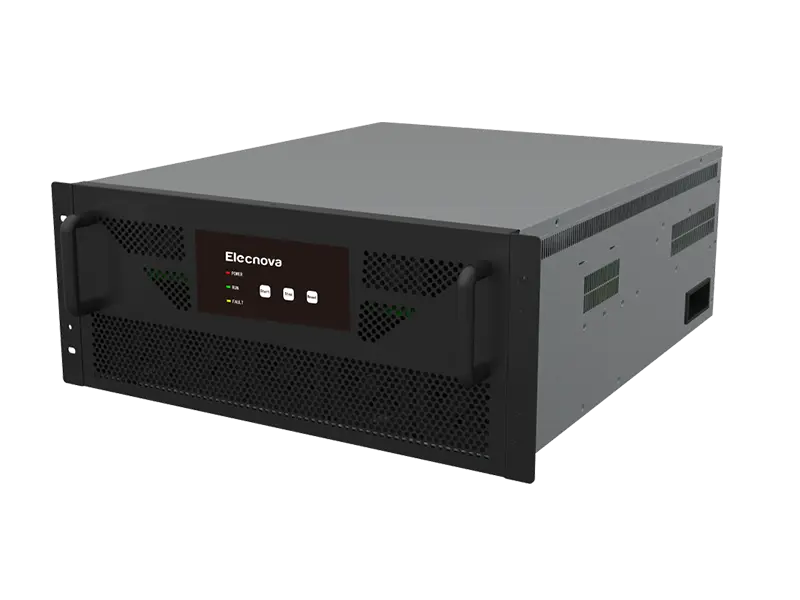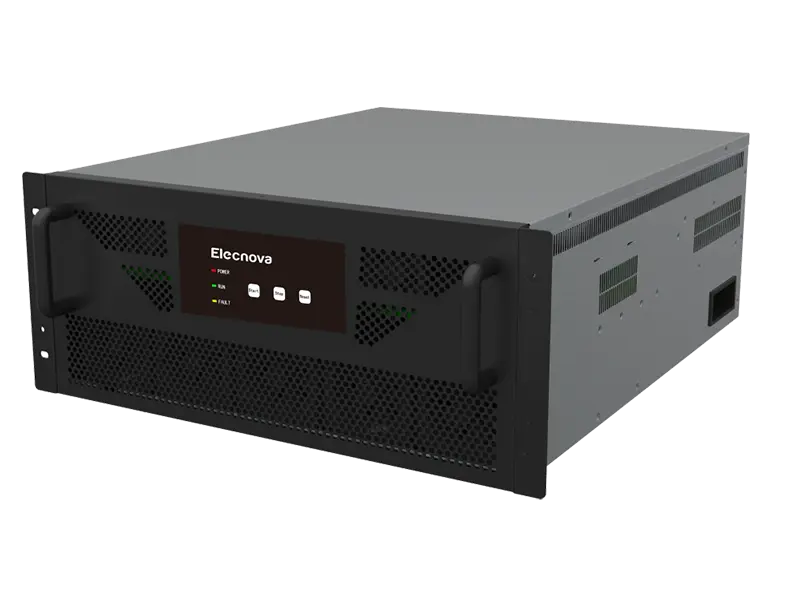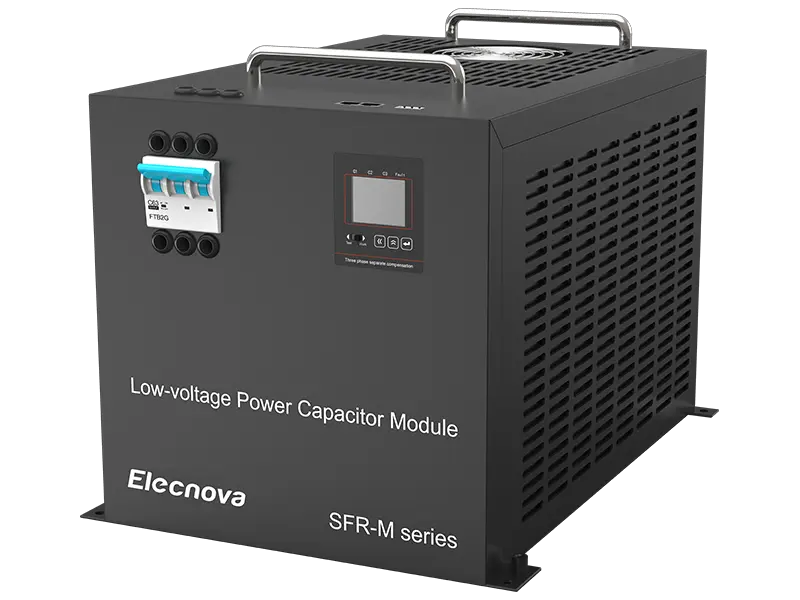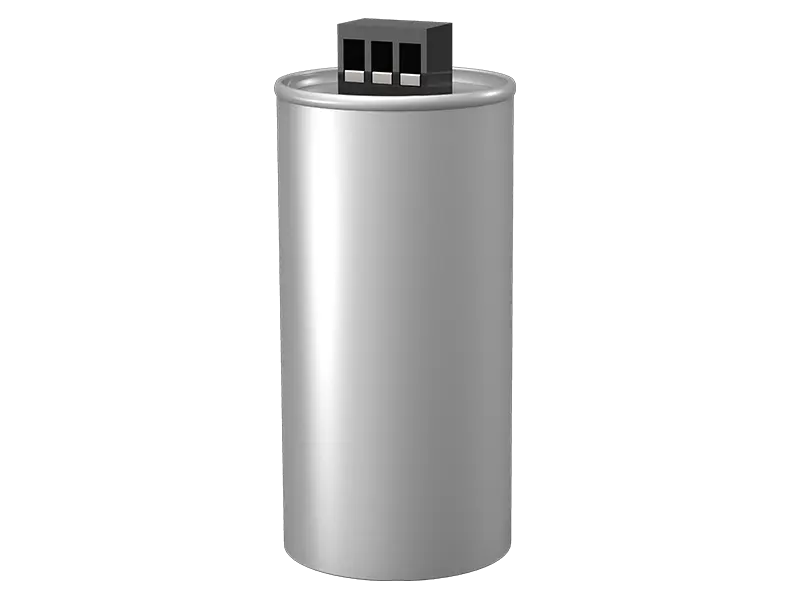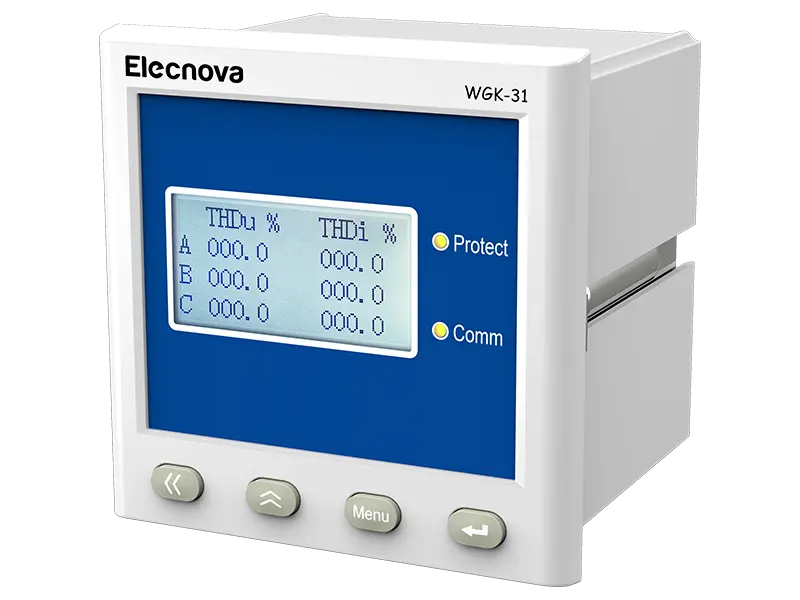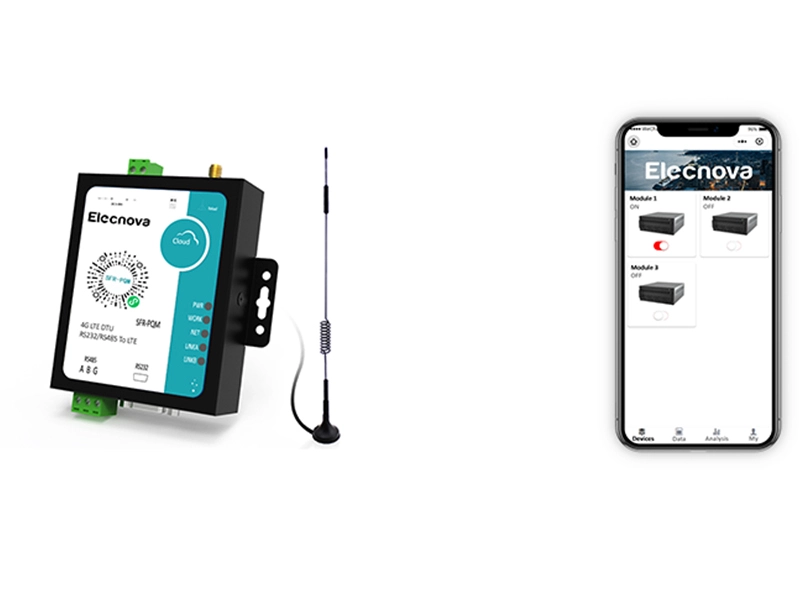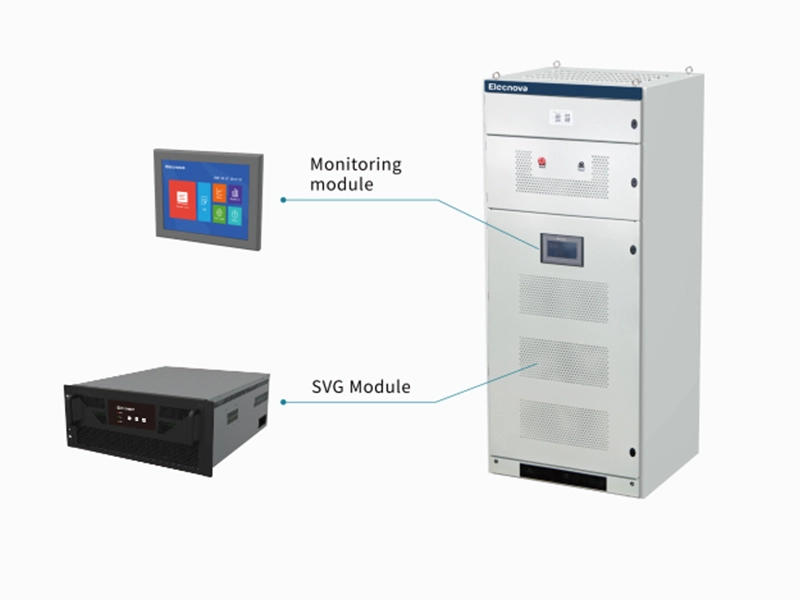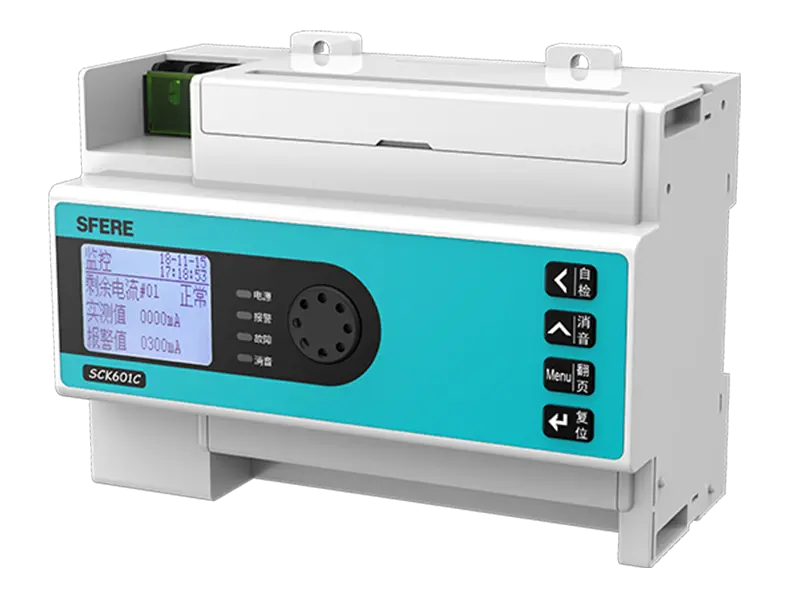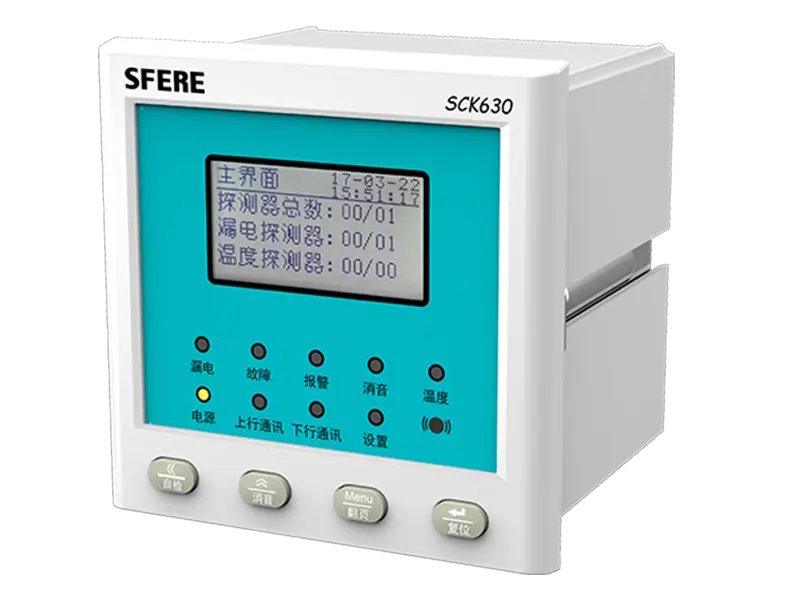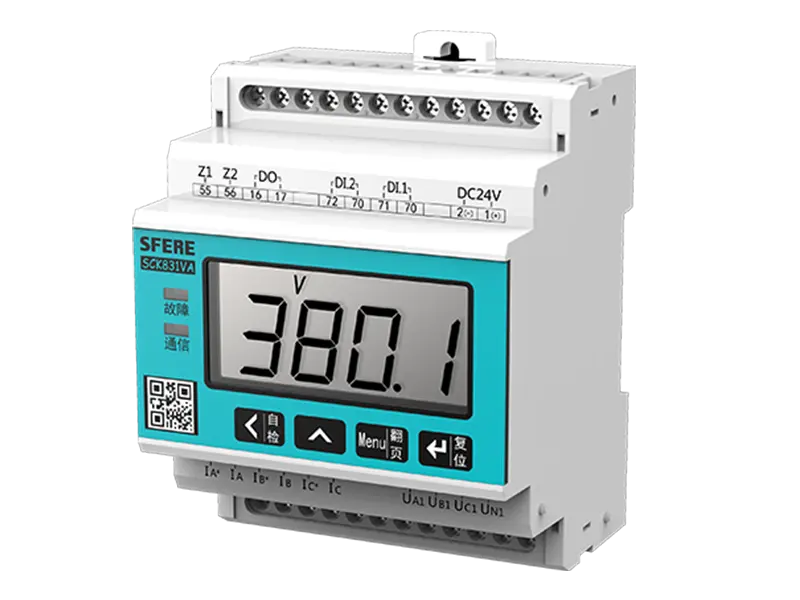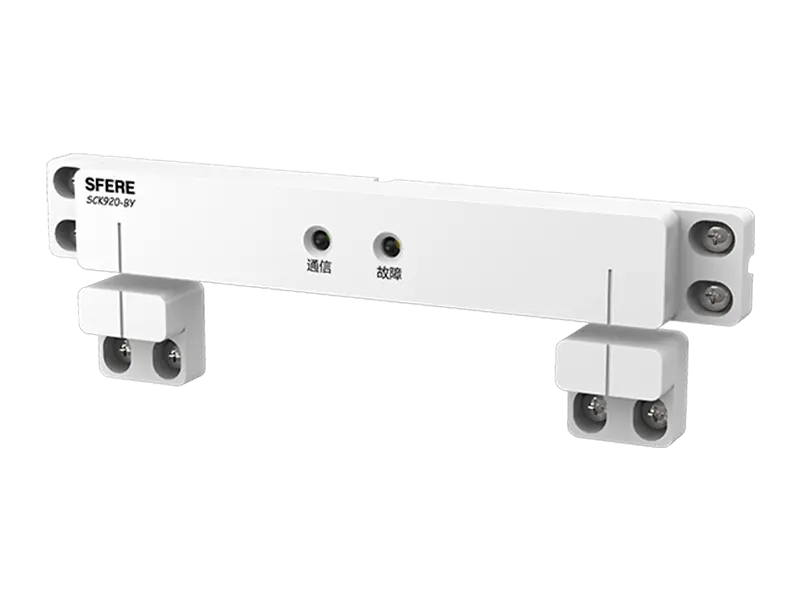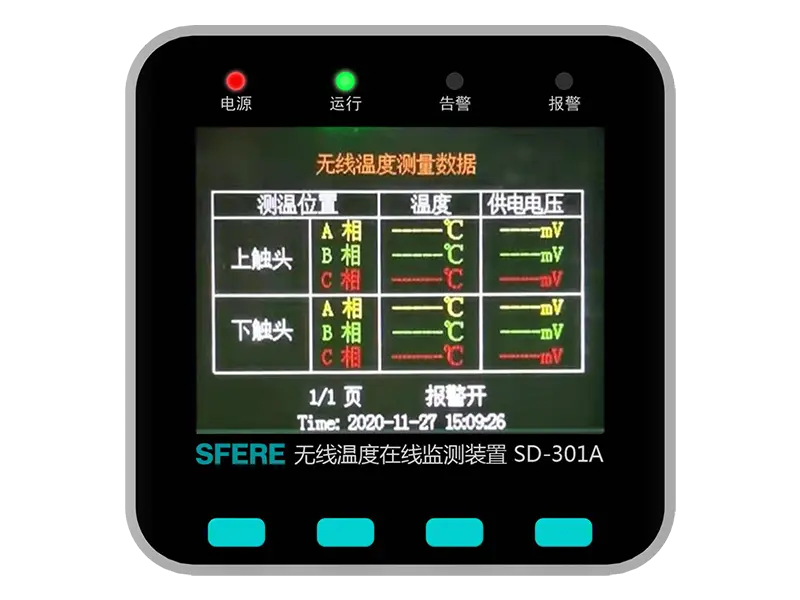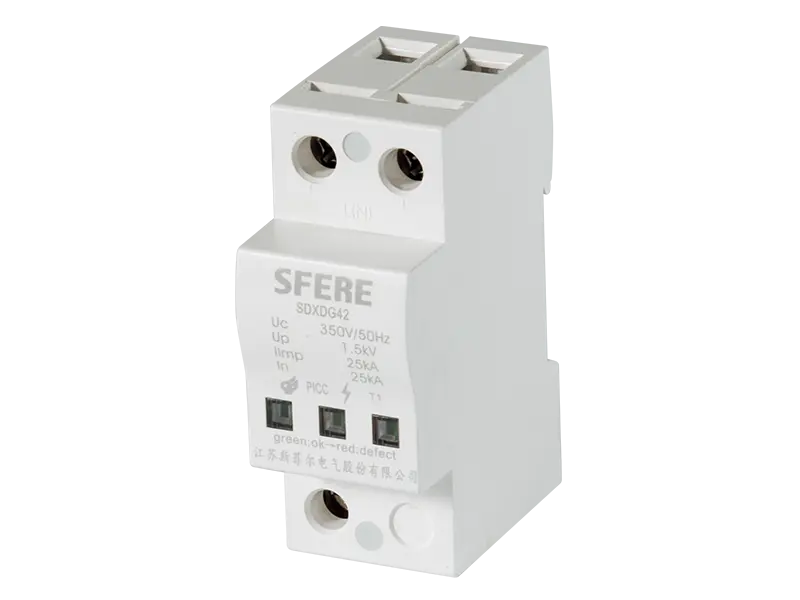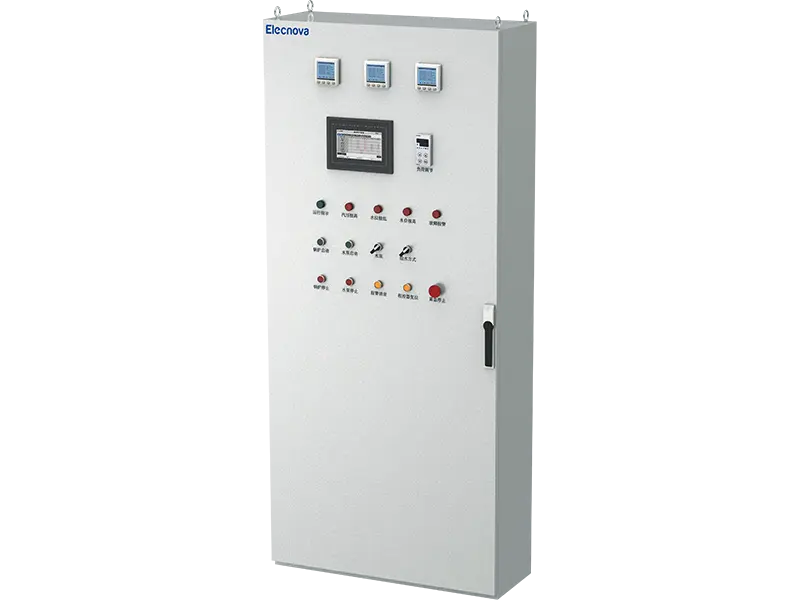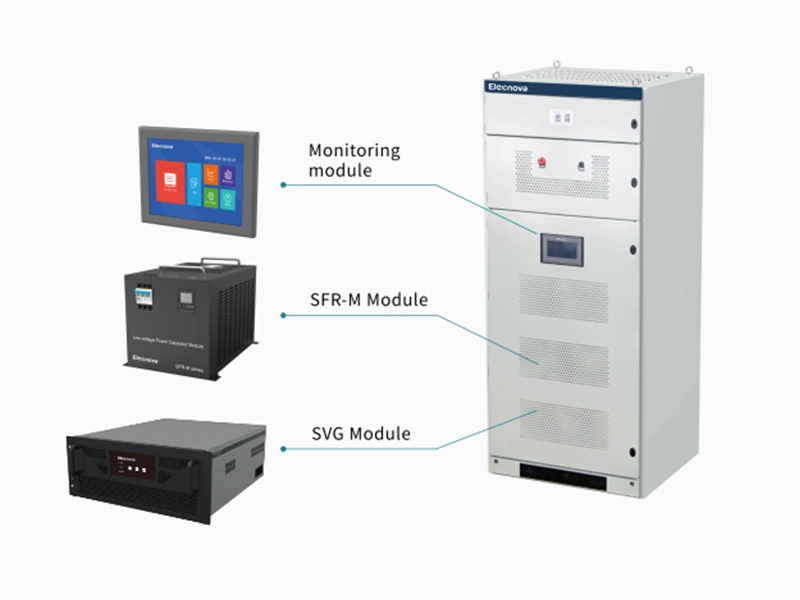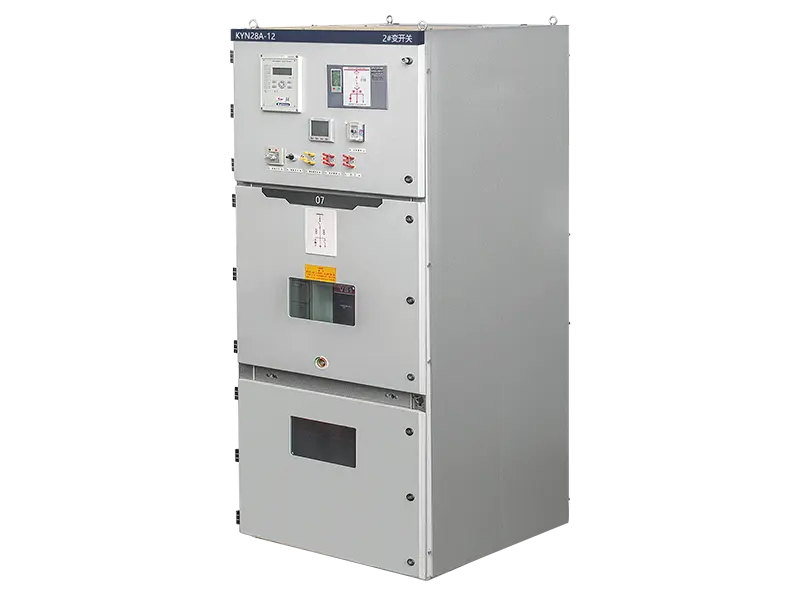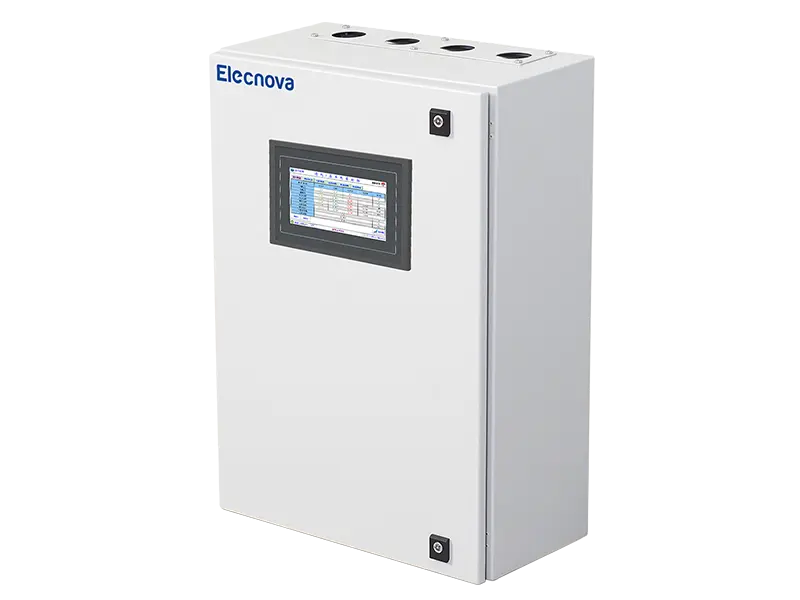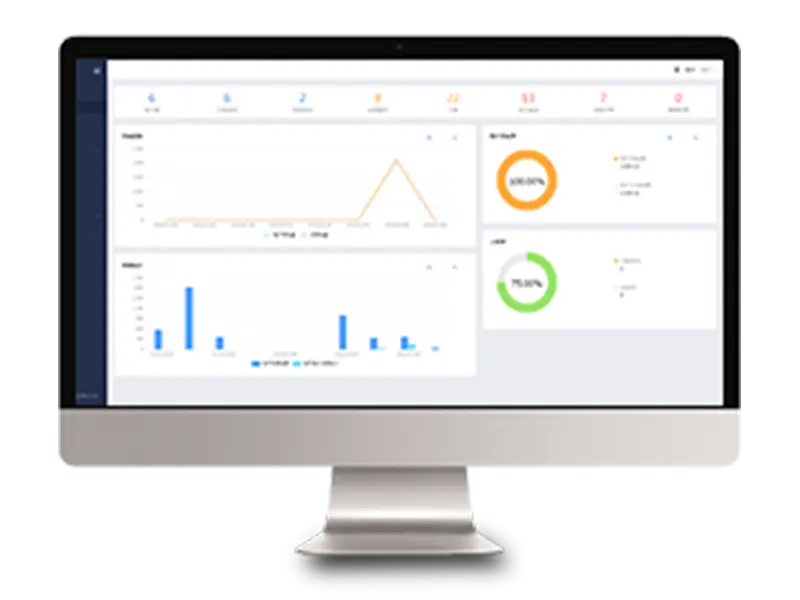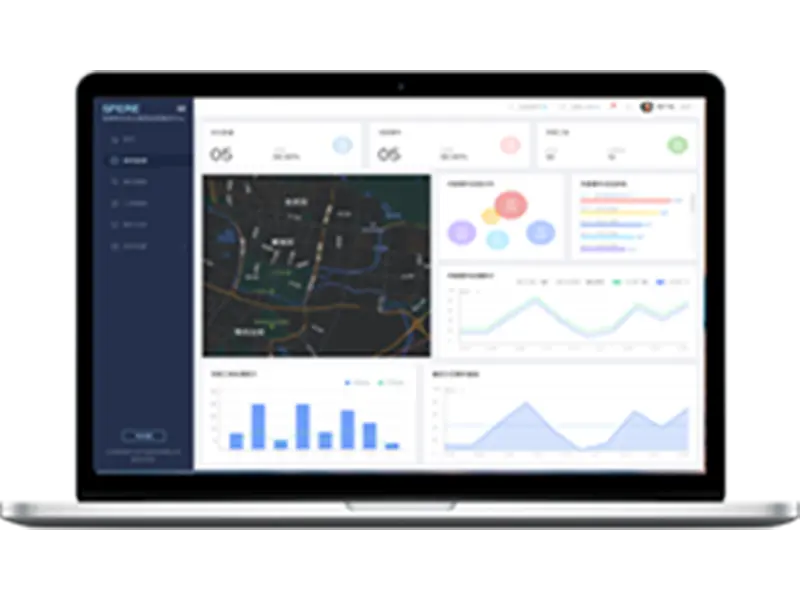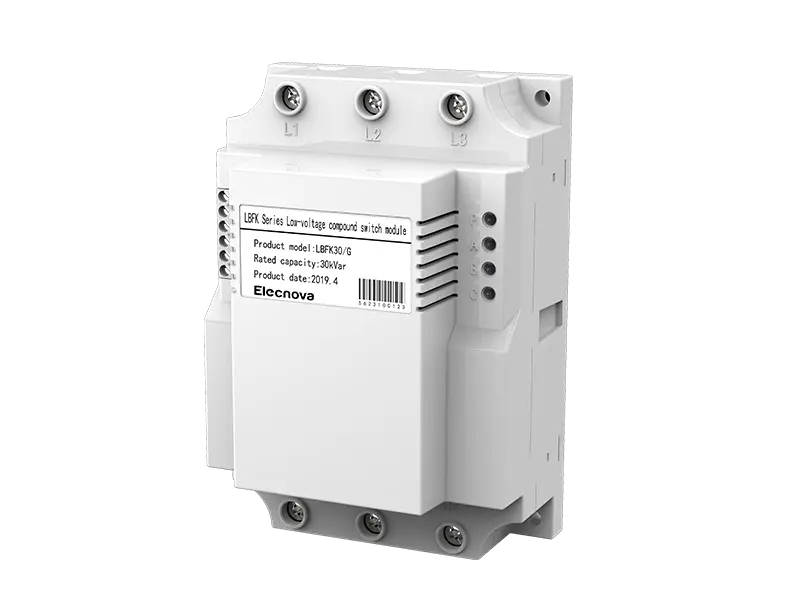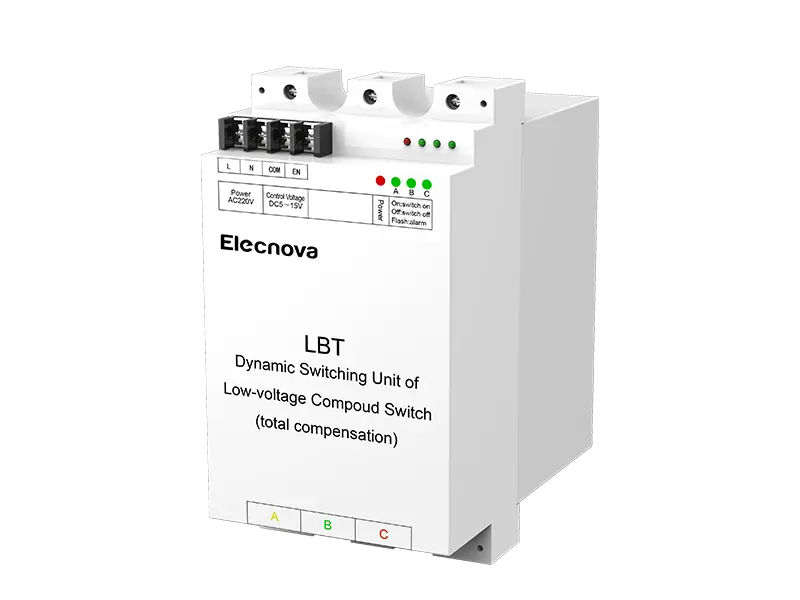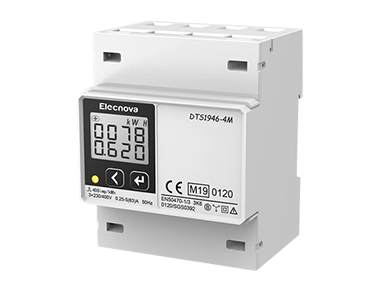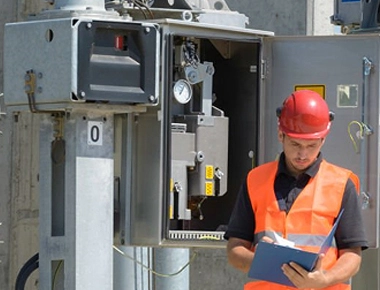Switching and Control Units (SCUs) offer several advantages in power systems for improving efficiency, reliability, and performance. Here are some key advantages:
1. Power Quality Improvement: SCUs actively monitor and control electrical parameters such as voltage, current, power factor, and harmonics. By dynamically adjusting the operation of connected devices such as capacitor banks and harmonic filters, SCUs mitigate power quality issues such as voltage fluctuations, harmonic distortion, and reactive power imbalance, ensuring stable and high-quality power supply to electrical loads.
2. Energy Efficiency Optimization: SCUs optimize energy efficiency by managing reactive power compensation and voltage regulation. By controlling capacitor banks and voltage regulators to maintain power factor within desired limits and stabilize voltage levels, SCUs minimize energy losses, reduce reactive power charges, and improve overall system efficiency, resulting in lower energy consumption and operational costs.
3. Equipment Protection: SCUs help protect electrical equipment and systems from damage caused by power quality issues such as voltage sags, swells, transients, and harmonics. By stabilizing voltage levels, mitigating harmonic distortion, and reducing reactive power fluctuations, SCUs extend the lifespan of equipment, minimize downtime, and prevent costly repairs and replacements.
4. Flexibility and Adaptability: SCUs offer flexibility in configuration and adaptability to changing operating conditions and system requirements. They can be customized to meet specific application needs, integrate with existing control systems, and accommodate future expansions or upgrades, providing versatile solutions for diverse power system environments and applications.
5. Remote Monitoring and Control: Many SCUs feature remote monitoring and control capabilities, allowing operators to monitor power system parameters, analyze performance data, and adjust settings remotely. This enables proactive maintenance, real-time optimization, and troubleshooting of power quality issues, improving system reliability and minimizing downtime.
6. Compliance with Standards and Regulations: SCUs help utilities and industries comply with power quality standards and regulations by ensuring stable voltage, power factor correction, and harmonic mitigation. By maintaining power quality within specified limits, SCUs help avoid penalties, ensure regulatory compliance, and uphold customer satisfaction and trust.
7. Enhanced System Reliability: Overall, SCUs contribute to enhanced system reliability by providing proactive monitoring, control, and optimization of power quality parameters. By mitigating power quality issues, optimizing energy efficiency, and protecting equipment, SCUs help maintain uninterrupted operation, improve system resilience, and enhance overall system reliability.
These advantages make Switching and Control Units indispensable components in power systems for achieving optimal power quality, efficiency, and reliability in various industrial, commercial, and utility applications.


